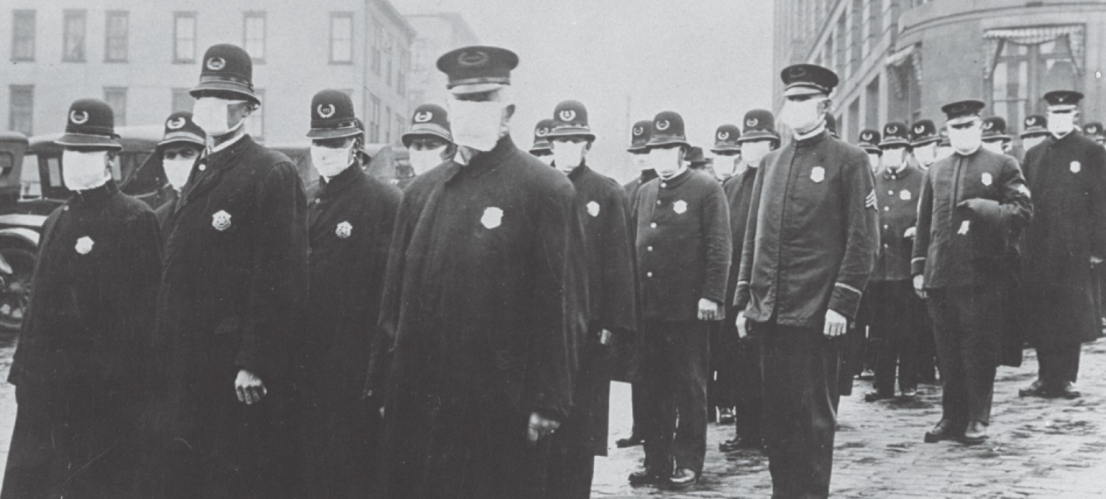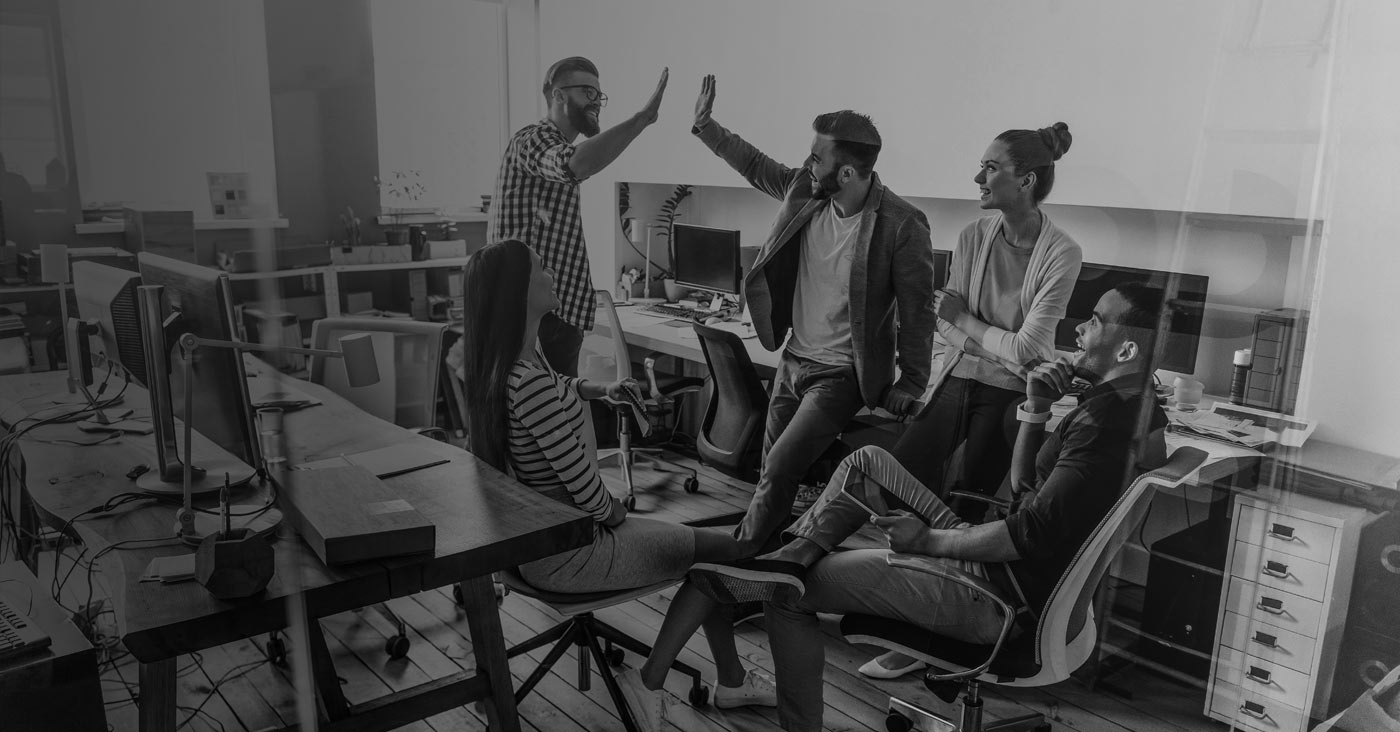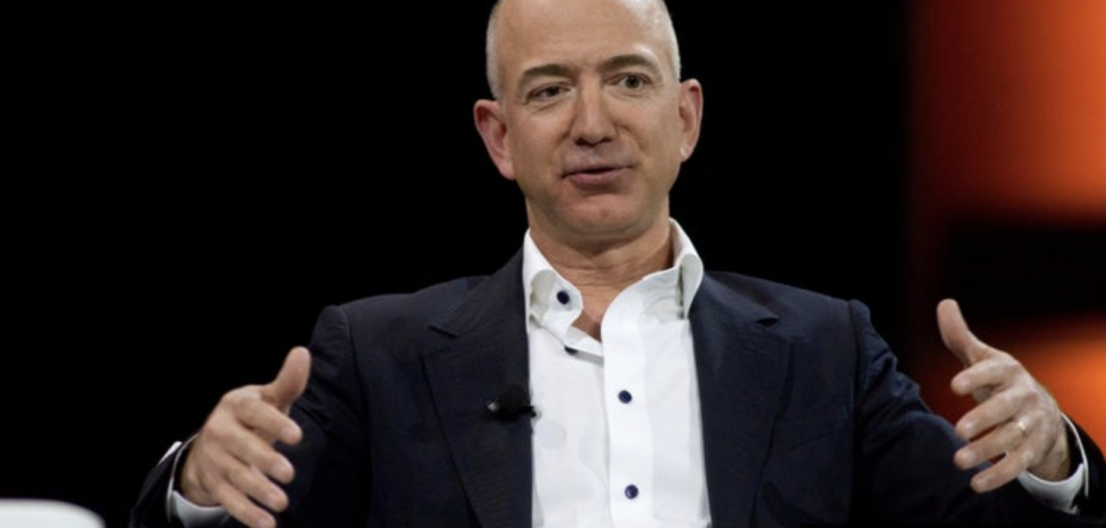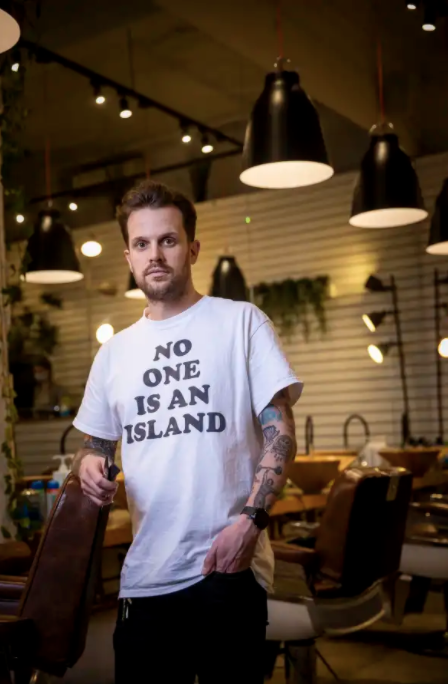
The history of pandemics offers lessons for how workplaces can respond to what’s happening during COVID-19.
In March, media outlets around the world saw Singapore as an example of how the spread of a deadly infection could be suppressed by a diligent government. On 18 March it recorded 47 new infections. Two weeks later, on 31 March, it recorded 47 again. The city-state seemed to have adeptly curbed exponential growth.
But then the curve arced upwards. Eighteen days later the country recorded 942 new cases. Two days after that daily cases peaked at 1,426. Singapore quickly went from role model to cautionary tale. Its failure was rooted in class distinctions. The new wave mostly affected Singapore’s community of one million migrant workers. According to reports, they are poorly paid and sleep in bunk beds in tiny rooms which can contain upwards of 20 people.
You could argue that a similar oversight, if nowhere near as severe, has happened during the recent surge of COVID-19 cases in Melbourne. Vulnerable communities in public housing have been particularly affected.
In hindsight it seems obvious countries should have paid special attention to these communities. But hindsight of a different sort – a knowledge of the history of epidemics – might have offered them foresight.
During the 1918 flu pandemic, in countries all over the world it was the poorer and more marginalised who suffered the most. Neglecting them ensured the virus lives longer in the population and increases the suffering of all.
As Laura Spinney writes in Pale Rider: The Spanish Flu of 1918 and How It Changed the World, “[I]t was bad diet, crowded living conditions and poor access to healthcare that weakened the constitution, rendering the poor, immigrants and ethnic minorities more susceptible to disease.”
In Korea this meant ethnic Koreans were twice as likely to die as Japanese occupiers, even though their infection rates were similar. In France, it was servants, collected into cramped, poorly ventilated and unclean shared sleeping spaces, who suffered the most. A quarter of the women who died from the influenza in France were maids.
As long as humankind has walked the earth we have been dealing with disease. While so much is novel about this novel coronavirus, we can still look to the last 100 years for lessons on how epidemics affect work and workplaces.
Transparency
During the COVID-19 pandemic, the governments of both China and the USA initially downplayed the virus to disastrous results. We have seen few workplace outbreaks in Australia, but wherever they happen all over the world, you can usually guess it was caused by some combination of ignorance, wilful ignorance and censorship. The desire to achieve some human goal – profits, morale, etc. – can blind people to the emotionless spread of the virus.
In workplaces, the need for transparency extends to job security. Some company leaders, in an effort to maintain employee mood, prefer to not give even a hint that restructuring is being considered. But this can backfire.
In an article for HRM, HR consultant and AHRI South Australia state president Susan Sadler CPHR said it’s detrimental to censor such issues.
“Because the next day the situation might change. And the solution to keeping everyone employed is getting their agreement to reduce their hours by 25 per cent. And you can only do that with agreement from the workforce,” she said.
“You want to flag it [job insecurity], while not worrying people. You want to keep them involved in and contributing to the solution if you can. Because you will get a better result.”
History backs her up. In John Barry’s The Great Influenza: The Story of the Deadliest Pandemic in History, he writes that one of the most dangerous responses to the virus was censorship. In language similar to that which we heard from some parts of the world earlier this year, governments in 1918 were keen to downplay the deadliness of the virus.
In the US, writes Barry, no national official “ever publicly acknowledged the danger”. The man overseeing health in the nation’s shipyards, Colonel Philip Doane, went so far as to tell the Associated Press, “The so-called Spanish influenza is nothing more or less than old fashioned grippe.”
But it wasn’t ‘only the flu’, it infected a third of the world and killed somewhere between 17-100 million people (one reason we don’t know the number of deaths more accurately was the censorship itself).
With World War One still being fought, the press held the state line on propaganda. The feeling was that ‘public morale’ must be maintained at any cost. So, Barry writes, just as the death of half an army unit would be described as ‘brisk fighting’ and a period of food and resource rationing was described as ‘a time of abundance’, the media either downplayed the seriousness of the virus or didn’t mention it at all.
It backfired. You cannot message a virus out of existence. Words can either add to trust and goodwill or they detract from it. Barry vividly describes how Philadelphia became a nightmare to live in as all sense of public mindedness was replaced by individuals’ need to survive. It might be the worst example of it, but the pattern was replicated worldwide.
As Barry writes: “Fear drove the people, and the government and the press could not control it. They could not control it because every true report had been diluted with lies. And the more the officials and newspapers reassured, the more they said, There is no cause for alarm if proper precautions are taken, or Influenza is nothing more or less than old-fashioned grippe, the more people believed themselves cast adrift, adrift with no one to trust, adrift on an ocean of death.”
The effects of sickness
Australia has been lucky to avoid too many total infections. But if the infection rate rises again, we would do well to remember that life or death are not the only outcomes of catching COVID-19.
In 1919, at the Versailles Peace Conference, then US president Woodrow Wilson caught influenza. Coughing so much he could barely catch a breath and experiencing a 39.4 degree fever and diarrhoea, he was incapacitated in bed for three days. Eventually, feeling somewhat better, he rejoined the negotiations from that bed.
Staffers and confidantes saw a changed man. And it wasn’t just that he seemed physically diminished. In Barry’s recounting, future US president Herbert Hoover, who was in France at the time, said Wilson had gone from “incisive” and “quick” to hesitant, stubborn and dulled. He said Wilson’s mind had lost “resiliency”.
A lot of world history turned on what happened at the conference. Before his illness Wilson was playing hard ball. He was seeking a peace without victory – one that would let the world rebuild in a way that would prevent future conflict. He also wanted to establish democracy throughout Europe. “The only principle I recognize is that of the consent of the governed,” he said. He had made a serious threat to leave the conference unless this was achieved.
After the illness, he essentially caved to the demands of France and Britain. Even people that were there predicted its final outcome as being disastrous for long-term prospects of peace. The wide historical consensus is that they were right, it was a dominant cause of World War Two. It’s impossible to say what Wilson would have done if he hadn’t caught the illness, but Barry makes a persuasive argument that the epidemic wounded the world beyond the death count.
We are lucky enough in the modern age that when we think about something with ‘flu-like symptoms’ we surmise that, if we’re young and otherwise healthy, we’ll be recovered from an illness within a couple of weeks. But a virus to which you have no natural protection can be far more damaging.
“Fear drove the people, and the government and the press could not control it.” – John Barry
In an opinion piece for the New York Times, member of its editorial board Mara Gay wrote about what it was like to catch COVID-19. The day before she had symptoms she ran three miles and walked 10 more.
“Nearly a month later,” she writes, “I’m still sleeping on my stomach and still can’t go for a run.” Sleeping on her stomach was necessary to get enough oxygen flow while she’s in bed. She is 30 years old.
The lessons we should be taking from these stories today is that if someone gets the virus, you should not presume they will return to work after their quarantine period is over. Nor should you expect that once they do return they will be able to operate at full strength. In many cases it would be appropriate to treat the virus as a serious injury and implement comprehensive return-to-work procedures.
If a leader gets the virus, it’s also important to remember that the ability to make sound decisions is tied to health. Illnesses are emotionally as well as physically exhausting. Letting people who’ve come back from COVID-19 know that it’s okay to not be okay, and consulting with them if their behaviour seems troubling, are appropriate courses of action.
Epidemics and diversity
Humans have a tendency to attach shame to sickness. It might even be instinctual, a primal way of ensuring social distancing happens. In March, when the news was getting worse by the day, we all experienced the fear of this instinct whenever we coughed and furtively glanced around to see how people would react. This instinct can be seen in the online shaming of people who are outdoors in groups. It’s not concern that is being expressed, it’s a form of disgust.
Organisations should be aware of this human tendency, because it has real ramifications. It could lead to bullying or discrimination claims. In March and April, there were reports of racism where people were vilified or ostracised because they were believed to be Chinese.
You can imagine other scenarios where workplace behaviour might step over a line. For example, someone might be directed to work from home or to take leave, without consultation, because they are immuno-compromised. While well intentioned, it could amount to adverse action, because physical disabilities are a protected attribute under Australian law.
The AIDS epidemic is the most vivid example of how this human drive to shame others because of a disease can manifest in ugly ways.
In 1987, analytics and advisory company Gallup conducted a poll in the US. It found 51 per cent of Americans felt it was people’s own fault if they contracted AIDS, and 46 per cent felt AIDS victims only had themselves to blame. Even more troubling was that 33 per cent felt employers should be allowed to fire staff with AIDS and 60 per cent felt people with AIDS should be forced to carry a card identifying them as carriers.
While its peak cultural impact in Australia and other developed countries was in the eighties, this epidemic isn’t just historical. Seventy-five million people have been infected with HIV since the epidemic began, according to the World Health Organisation. It’s an ongoing issue. As of the end of 2018, approximately 37.9 million people are living with HIV.
Research from UK HIV awareness not-for-profit Avert examined the stigma still attached to a diagnosis. In Estonia eight per cent of people living with HIV have lost their job or source of income because of it, as did 45 per cent of people in Nigeria. Five per cent of people living with HIV in Mexico have been refused a job opportunity and in Malaysia 54 per cent reported being discriminated against by employers.
In 1984, Chris Smith became the first UK member of parliament to come out as gay. He did so at a rally against a potential ban against homosexaul employees in a town council. It was a brave, heroic decision in a time when hatred of homosexuality was very much a cultural norm. In 1987, Smith was diagnosed as HIV-positive. He did not reveal this fact until 2005.
There are two lessons in Smith’s story. The shame people attach to an illness is different from (and can be more piercing) than the shame attached to other differences. Secondly, that the shame attached to an illness is even harder to confront when you are already different.
If there is an underlying theme to these lessons it is that a desire to learn, honesty and empathy are needed to overcome the fear that epidemics place in our hearts. As long as COVID-19 is active and widespread the world will face ongoing uncertainty. To navigate it, it wouldn’t hurt to let history be our guide.











